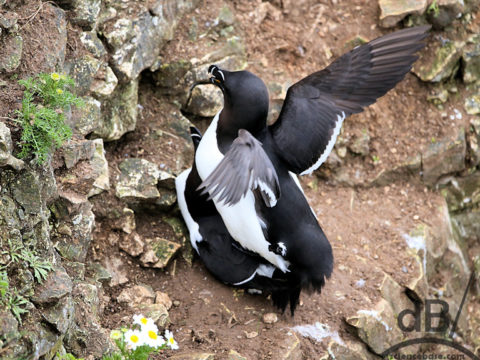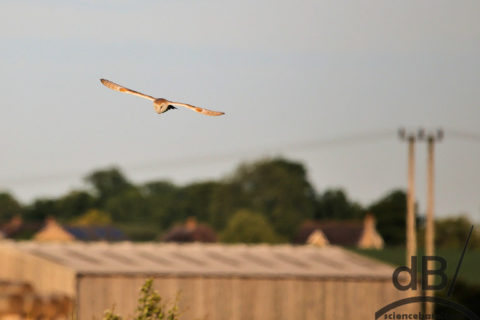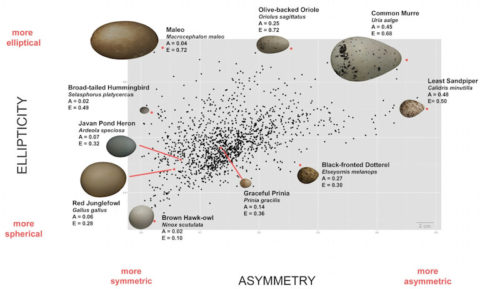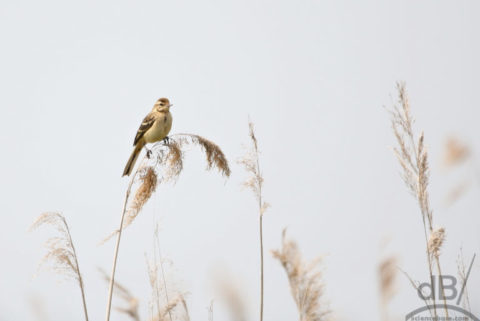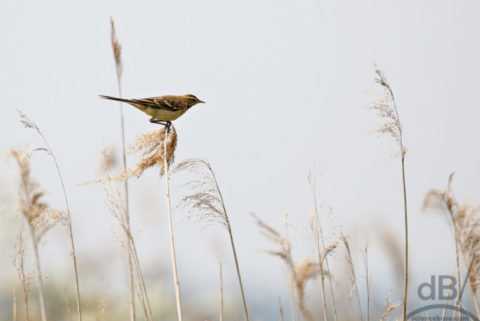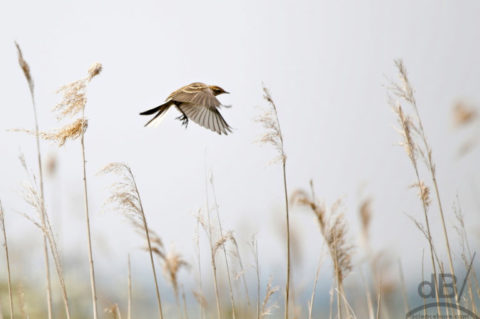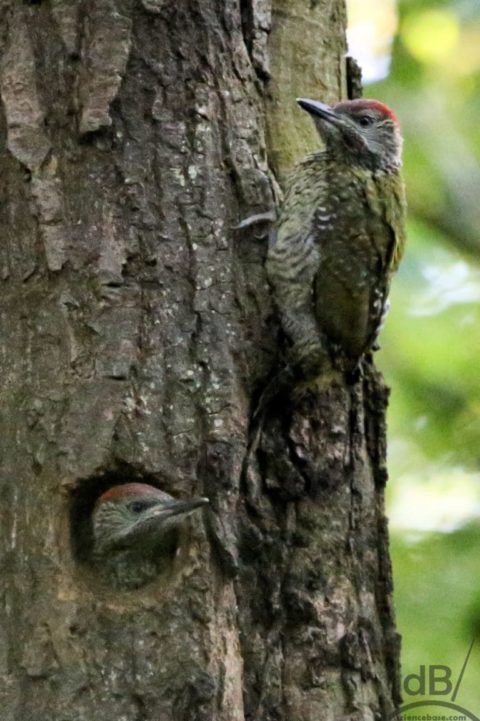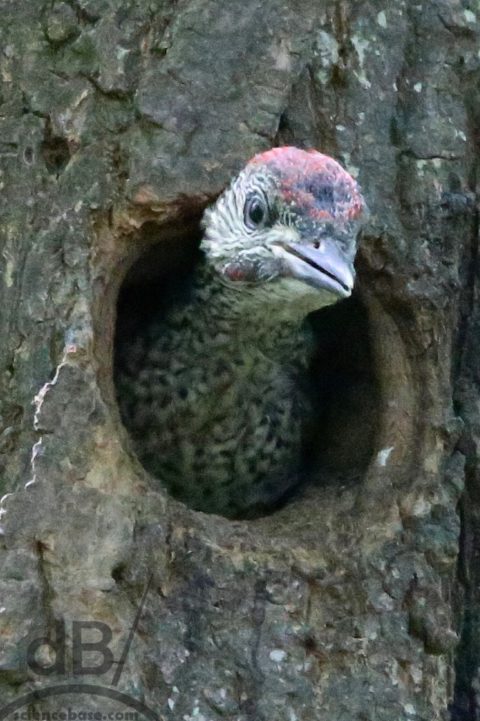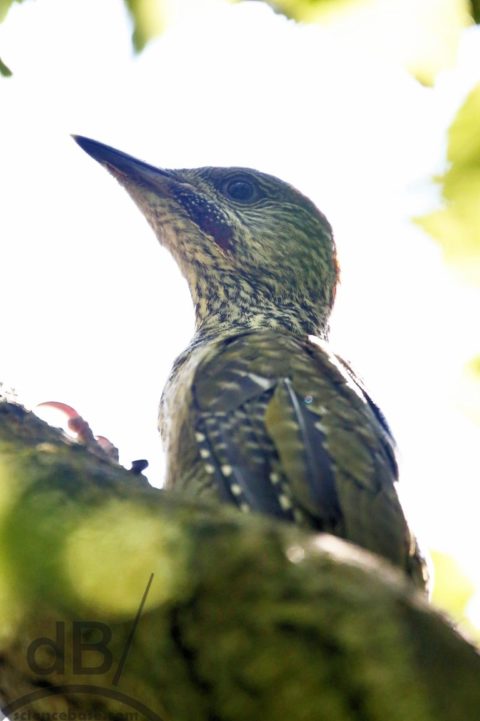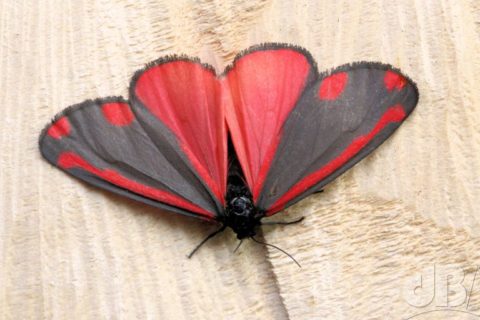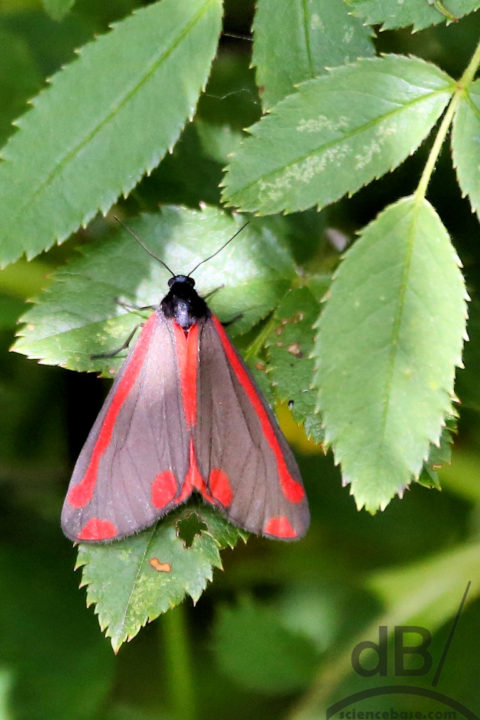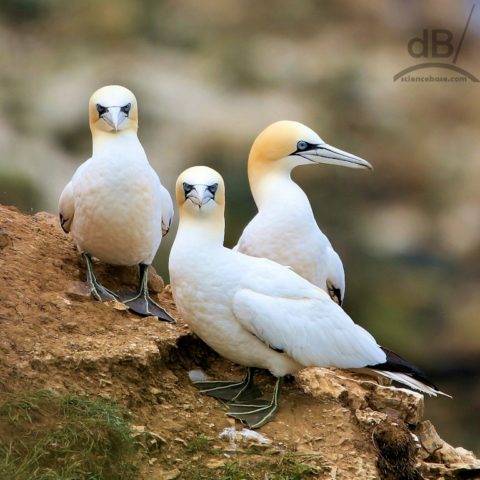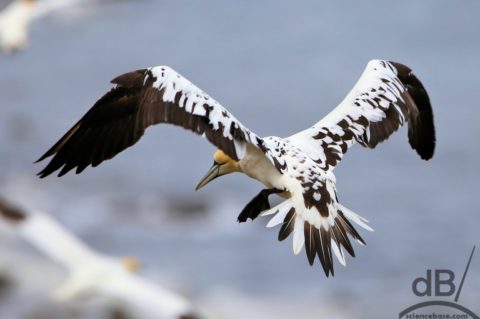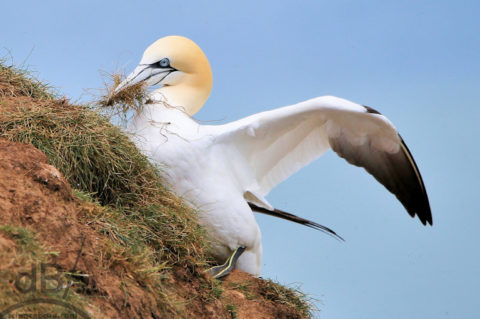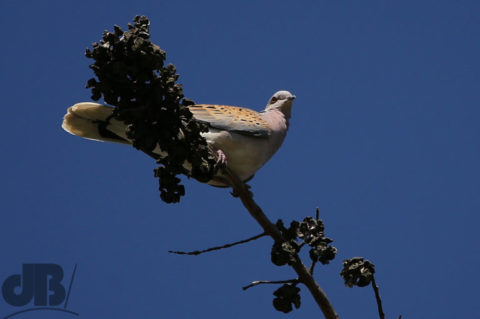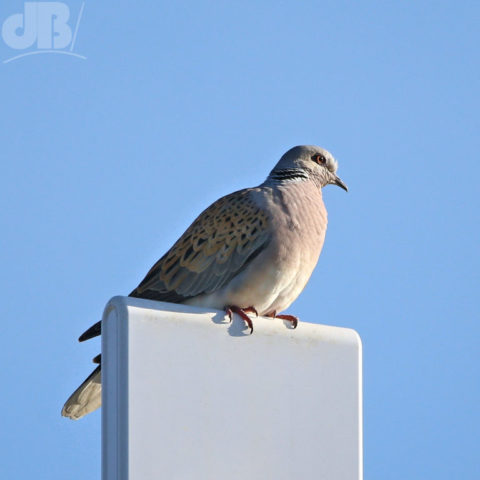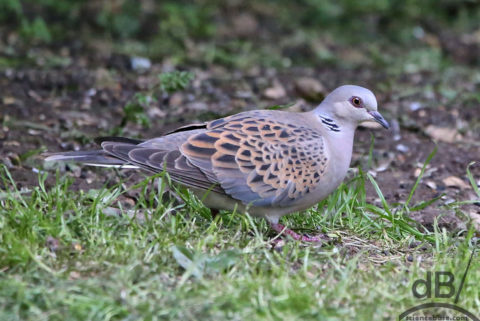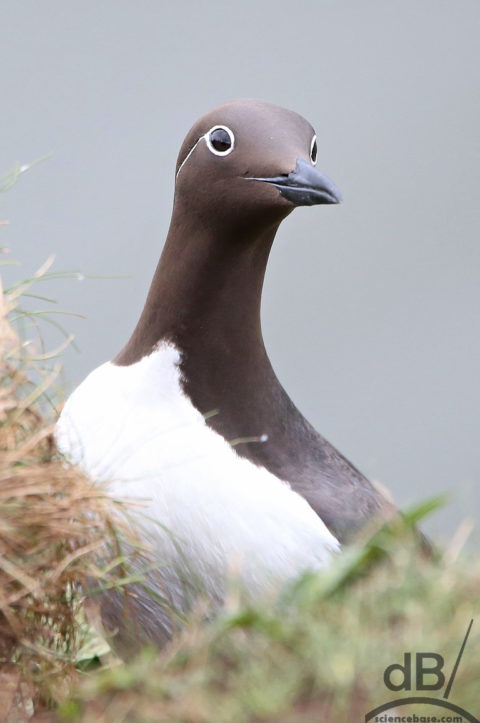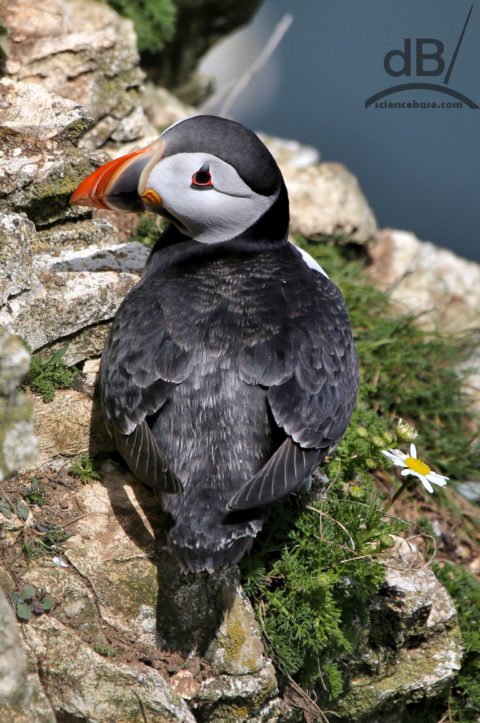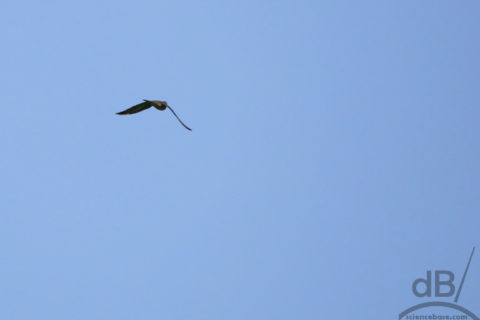Over the last few months I’ve got to learn a little about the birds we call warblers. It was always a joke between Mrs Sciencebase and myself, if we heard a tweet we didn’t recognise one of us would proclaim “warbler!” and we’d move on…
Well, it turns out that a lot of the time we were right without knowing it. I’ve snapped a few of them and we’ve definitely heard the grasshopper warbler (at RSPB Folwmere) but don’t think we’ve seen it.
Cetti’s warbler – WWT Welney
Sedge warbler – RSPB North Warren, Fen Drayton Lakes, Ouse Washes
Reed warbler – RSPB Fen Drayton, Ouse Washes
Common whitethroat – RSPB Bempton Cliffs, South Cambs
Lesser whitethroat – Rampton, S Cambs
Blackcap – RSPB Minsmere, Rampton, Cottenham, elsewhere
Willow warbler – Rampton, Cottenham, elsewhere
Chiffchaff – See and hear almost everywhere there are trees
Grasshopper warbler – possibly heard at RSPB Fowlmere and Overhall Grove
Marsh warbler – yet to positively ID, very rare, 2-3 breeding pairs in UK
Wood warbler – Photographed in Croatia
Dartford warbler – Seen but not photographed at RSPB Minsmere
Moustached warbler- yet to positively ID
Sardinian warbler – ditto
Savi’s warbler – ditto
Sub-alpine warbler – ditto
Bonelli’s warbler – ditto
Great reed warbler – ditto
Garden warbler – ditto
Pallas’s warbler – ditto
Yellow-browed warbler – ditto
Icterine warbler – ditto
Melodious warbler – ditto
Barred warbler – ditto
Fan-tailed warbler – ditto
The term warbler applies to some distinct species as you can see, it’s more of an umbrella term for perching (passerine) birds that share characteristics, such as being fairly small, vocal, and insectivorous.
